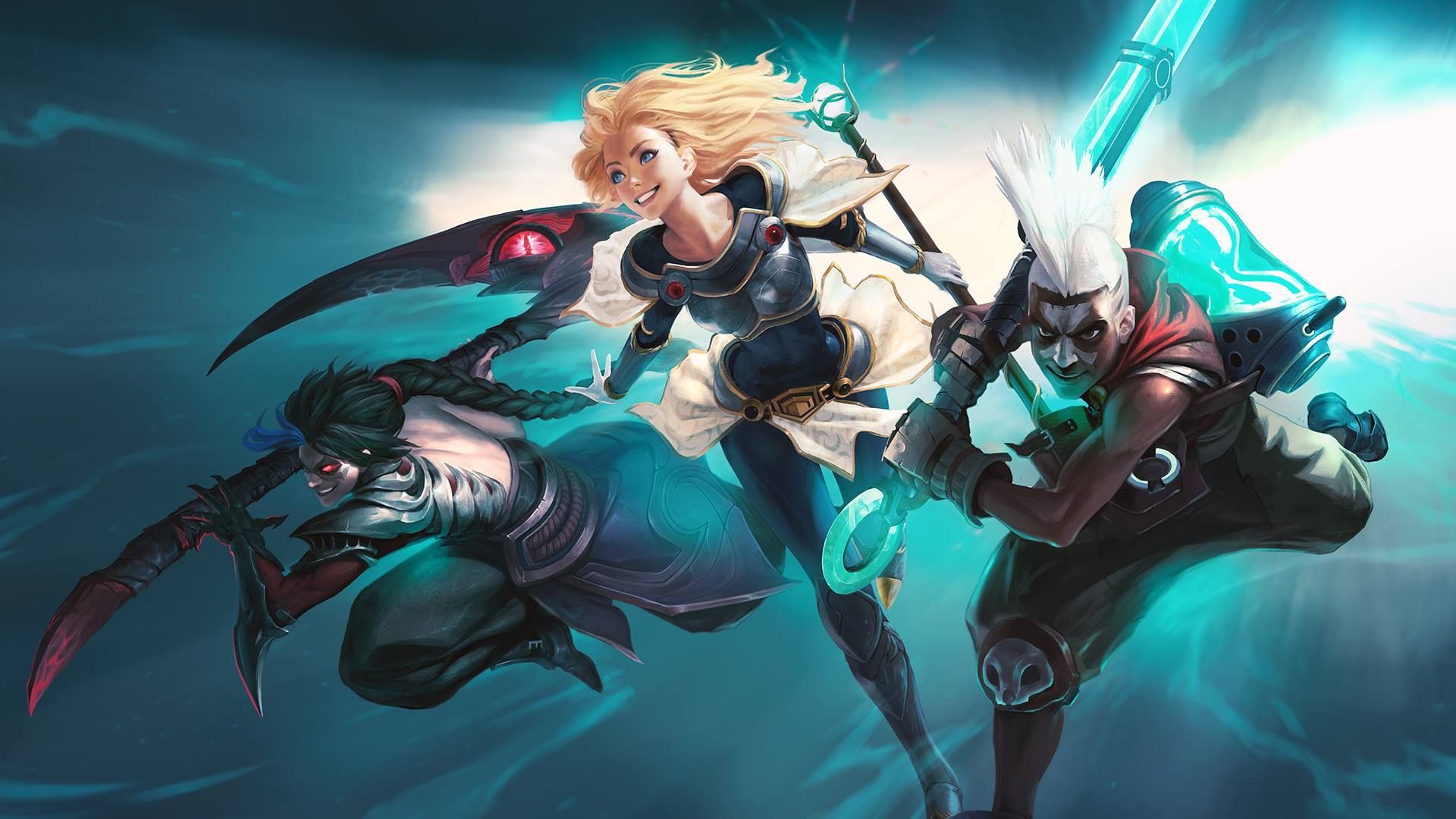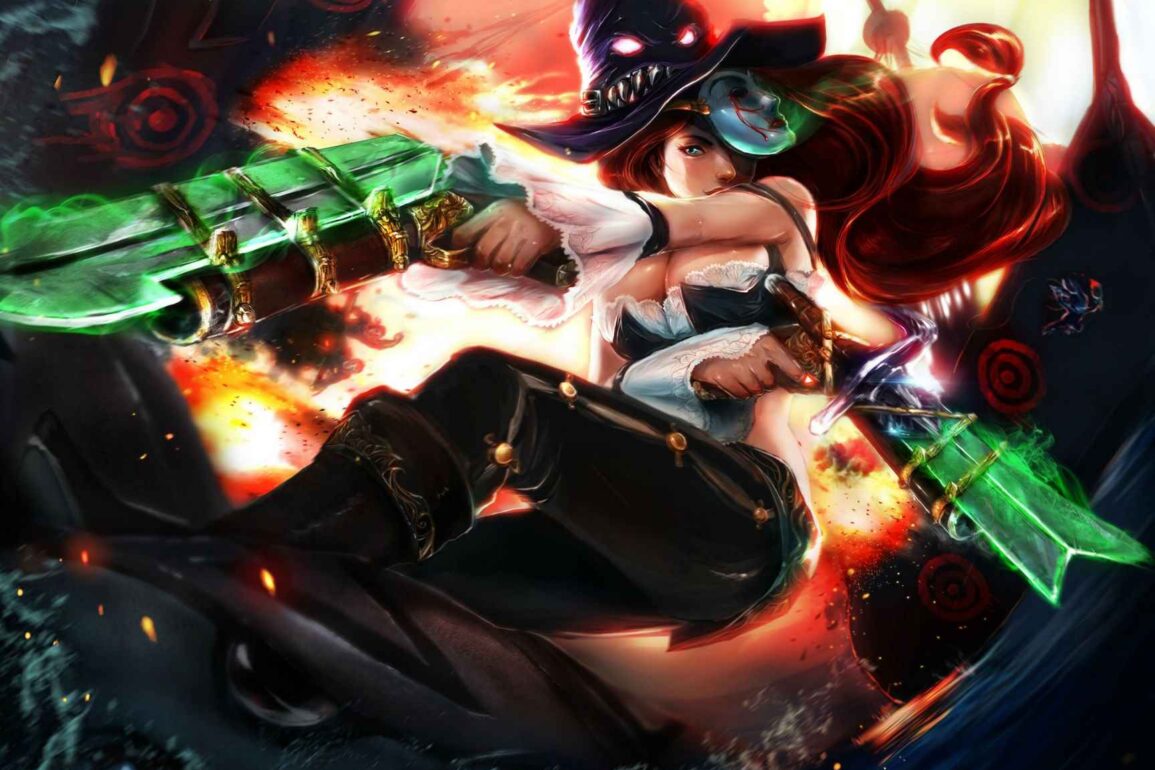League of Legends offers a fast-paced gaming experience and https://happysmurf.com/, and optimizing your graphics settings can significantly enhance your gameplay. Whether you’re aiming for higher FPS or reducing input lag, here’s a guide on how to improve LoL’s performance:
1. Adjust In-Game Settings:
Open League of Legends and navigate to the in-game settings menu. Here, you can fine-tune various graphics and performance options.
2. Resolution and Window Mode:
Match your game’s resolution with your monitor’s native resolution for optimal visuals. Using fullscreen mode often leads to better performance.
3. Frame Rate Cap:
Consider setting a frame rate cap to stabilize your FPS. This can reduce the load on your graphics card and minimize overheating.
4. Graphics Quality:
Lower graphics quality settings, such as texture and character quality, to enhance performance. Experiment with these settings to find a balance between visuals and performance.
5. Shadows and Effects:
Turn off or reduce the settings for shadows, effects, and post-processing. These can be resource-intensive but don’t significantly impact gameplay.
6. Character Inking:
Disabling character inking can improve performance, especially in team fights.
7. HUD Scale:
Adjust the HUD (Heads-Up Display) scale to a size that suits your preference. A smaller HUD can free up screen space and improve visibility.
8. Vertical Sync (V-Sync):
Disable V-Sync if you experience input lag or want to unlock your frame rate. However, this may cause screen tearing on some setups.
9. Update Graphics Drivers:
Ensure your graphics card drivers are up-to-date. Manufacturers frequently release updates to optimize performance for specific games.








